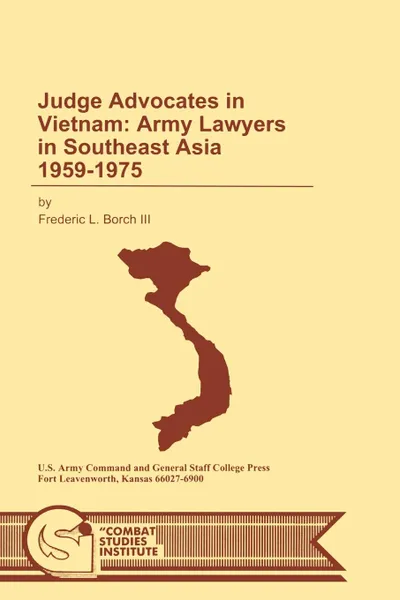Judge Advocates in Vietnam. Army Lawyers in Southeast Asia 1959-1975 12+
170 страниц
Категория: Учебная литература
ISBN: 9781780394497
Язык: Английский
📖 Although the first American soldiers arrived in Saigon in late 1950, the first Army judge advocate did not deploy to Vietnam until 1959, when Lt. Col. Paul J. Durbin reported for duty. From then until 1975 when Saigon fell and the last few U.S. military personnel left Vietnam, Army lawyers played a significant role in what is still America's "longest war." This book tells the story of these soldier-lawyers in headquarters units like the Saigon-based Military Assistance Advisory Group and Military Assistance Command, Vietnam (MACV). But it also examines the individual experiences of judge advocates in combat organizations like II Field Force, 1st Air Cavalry Division, and the 25th Infantry Division. Almost without exception, Army lawyers recognized that the unconventional natureof guerrilla warfare required them to practice law in new and non-traditionalways. Consequently, many judge advocates serving in Vietnam between 1959 and 1975 looked for new ways to use their talent and abilities - bothlegal and non-legal - to enhance mission success. While this was not whatjudge advocates today refer to as "operational law" - that compendium ofdomestic, foreign, and international law applicable to U.S. forces engaged incombat or operations other than war - the efforts of these Vietnam-eralawyers were a major force in shaping today's view that judge advocates aremost effective if they are integrated into Army operations at all levels.
Мнения
